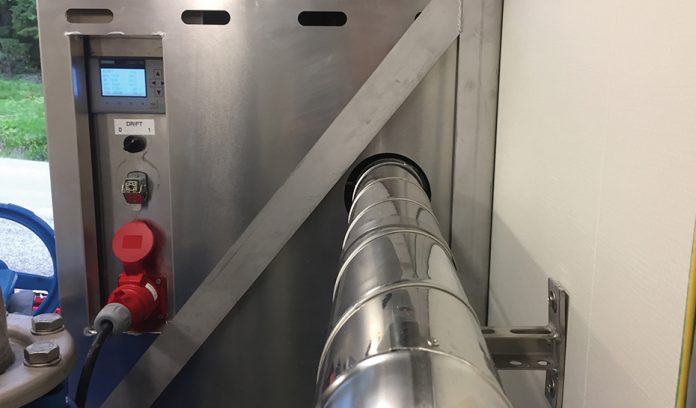In a modern world, Biogas has the potential to replace a large part of fossil fuel consumption by generating energy from a wide variety of feedstock.
A good example of such a biogas plant is in Alvesta, Sweden. This plant specializes in turning sewage and slaughterhouse waste into energy which powers up local houses and businesses in the surrounding area. While being one of the most strategically active plants in the municipality, Alvesta Biogas started appearing in the news, however not in the light they intended to.
The process of generating slaughterhouse energy starts with the storage of the biomass in hygienization tanks. During this process the biomass is heated up in order to remove the liquid elements from the material as a pre-processing stage. As a result, a strong smell started to escape the tanks and the facility. This has caused a mass outrage with continuous complaints and threats from the municipality. The Biogas plant is now threatened to be shut down which could leave the area without energy supply.
When Scandinavian Centriair AB had received the request to help Alvesta Biogas solve their odour problem, nobody knew what was going to come. With extensive experience in the field of waste and biogas, Centriair experts along with ÄF consultants started the sampling of the gas to identify H2S, Ammonia and other Volatile Organic Compounds (VOCs). The results were shocking as the VOC concentration has showed 8 000 000 OU and 8 000 ppm H2S in the gas stream. To get an idea of how unpleasant that smell can get, we can say that at 0,00047 ppm of H2S a human nose can already detect the odour. According to the statement of ÅF consultants, this had been the highest VOC concentration that they have witnessed in Sweden.
The task was not easy since there are few technologies in the market that can handle extreme concentrations. For Centriair there was only one solution: DEO™ – a catalytic conversion technology. DEO-100™ is a regenerative catalyst system for elimination of VOCs from industrial processes through the use of a catalyst technology. After the installation the smell seemed to disappear, and it became more bearable to stand around the plant. Knowing all the challenges of this application, Centriair team has done another round of sampling at the outlet of the DEO-100™ system. The test results indicated 99,6% reduction rate on VOCs and H2S compounds with less than 1 OU/M3 in the distance of 200 meters from the plant. This was a win-win situation for everyone.
In conclusion it is important to point out the necessity of odour treatment within Biogas plants. Alvesta Biogas is a good example of how ignorance of the odour problem could lead to sever consequences. It does not matter what a plant decides to use as a feedstock, it will all generate unpleasant smell for the staff and for the unlucky people living around biogas sites.



